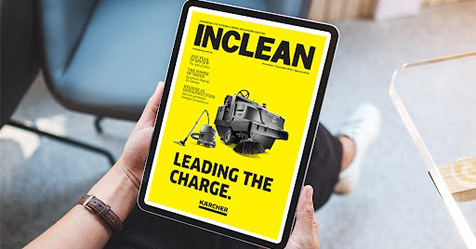Toothbrushes are contaminated with all types of bacteria before they are ever used. According to Maria L. Geisinger, assistant professor at the School of Dentistry at the University of Alabama, this is because no requirement exists—in the United States, at least—requiring the sterile packages for toothbrushes.
If it seems shocking that there may be considerable amounts of bacteria on a toothbrush before it is ever used, prepare yourself: It only get worse from here. While it may seem obvious that microorganisms from the human mouth transfer to a toothbrush, there are other bacteria culprits in the bathroom, as well. One specific type of bacteria, “enteric” bacteria, can end up on your toothbrush every time you flush the toilet.
Enteric bacteria develop in your intestines. They can transfer to your toothbrush due to inadequate hand washing, but even more alarming is how this bacteria can be spread to your toothbrush—and to other bathroom surfaces—with every flush of your toilet.
For many consumers, this is a big surprise, but for cleaning industry professionals, this should not come as a revelation. According an article in the 2009 issue Cleaning and Maintenance Management, “Biowarfare in the Restroom: Mitigating Toilet ‘Sneeze,’” microbiologists discovered this phenomenon, often referred to as the “toilet sneeze,” more than 50 years ago.
Still More Issues
A single toilet flush can spread enteric bacteria onto more than just toothbrushes. It can also spread onto nearby surfaces, resulting in cross-contamination once touched by a hand or other surface. However, there is something more we should know about this type of bacteria: It is in a class of bacteria considered the leading cause of healthcare-associated infections (HAIs).
Enteric bacteria are in a group of bacteria known as “gram-negative” or Pseudomonas. Medical professionals say these bacteria are difficult to eradicate because they are resistant to most antibiotics often used in treating such nosocomial infections. The infections and the diseases that can result become even more problematic if they affect someone with an already-weakened immune system.
HAIs are a serious problem for medical facilities everywhere. As long as we have flushing toilets, cleaning industry professionals will be called upon to help minimize and prevent them and other issues that can arise from toilet sneeze.
Cleaning Armor
In the end, preventing toilet sneeze comes down to the proper selection of cleaning solutions, disinfectants, sanitizers, and equipment, as well as their proper use.
Cleaning professionals, including distributors and cleaning contractors, are in a pivotal position in this battle right from the start because they can select cleaning solutions and products specifically made to help prevent the spread of disease that can result from a toilet sneeze.
However, when it comes to selecting these types of cleaning solutions and products, considerable product knowledge is required. There are scores of different types of disinfectants and sanitizers made for many different purposes and by several different manufacturers.
Online tools and software programs are now available to all cleaning professionals as well as building administrators – some at no charge—to help direct them to the specific disinfectants, sanitizers, cleaning solutions, and other equipment that can best address these exact cleaning needs.
With the proper disinfectant or sanitizer selected, cleaning professionals can help educate customers or cleaning staff on the importance of proper dilution as well as application. For example, it is highly recommended in this type of cleaning situation to use color-coded microfiber cloths if surfaces are to be cleaned by hand. Not only does this help ensure that the contaminated cleaning cloths are not used on other surfaces, helping to stop the spread of diseases, it helps emphasize the most important goal of cleaning, which is keeping building users healthy.
Check Your Work
Finally, all surfaces around toilets should be checked frequently using adenosine triphosphate (ATP) devices. Surfaces should be tested before cleaning, and then once again after cleaning has been completed to ensure the effectiveness of the cleaning solutions and procedures, as well as to develop a benchmark. Attaining this effectiveness on a regular basis will be key for the professional cleaning industry to help eliminate problems caused by the toilet sneeze.

